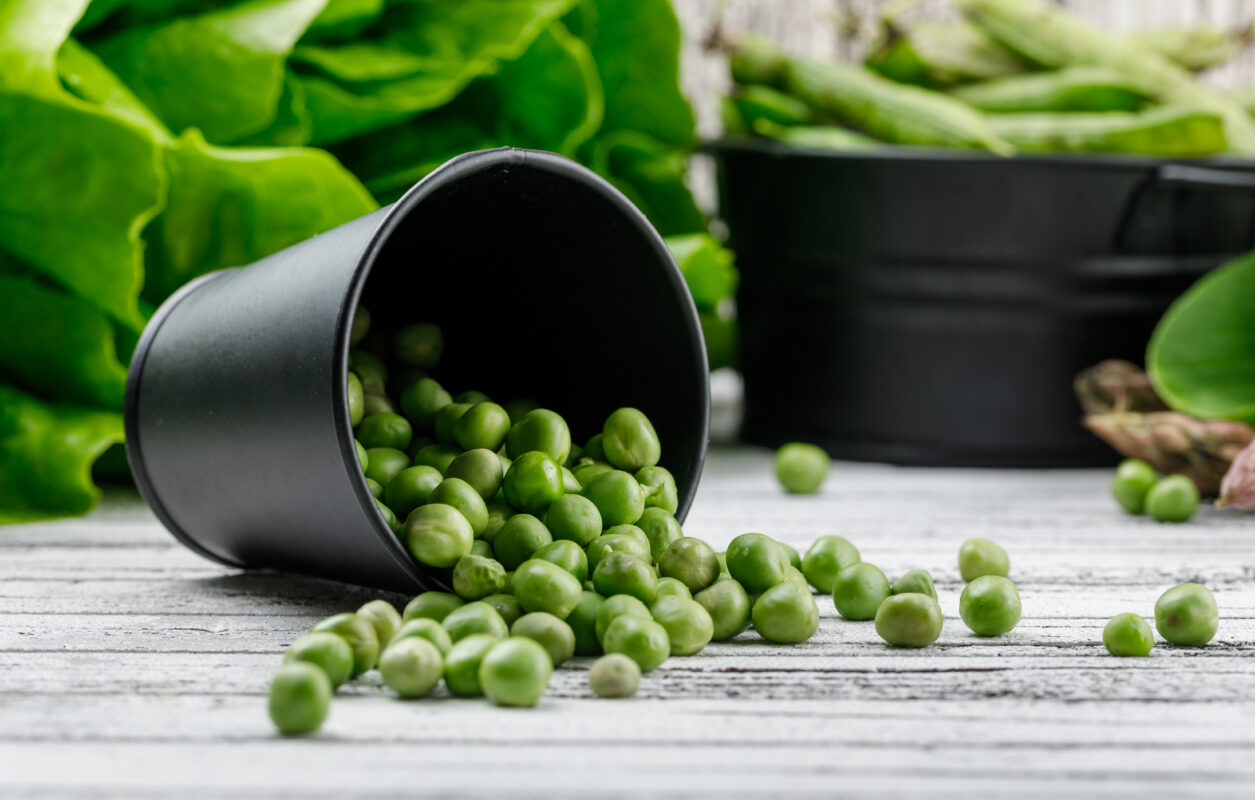Blog
Pea Protein – The Ultimate Guide to Its Benefits and Nutritional Profile
In recent years, pea protein has emerged as a frontrunner in the plant-based nutrition space, celebrated for its impressive benefits and comprehensive nutritional profile. Whether you’re a fitness enthusiast, someone with dietary restrictions, or simply looking to diversify your protein sources, pea protein offers a versatile and nutrient-rich option. This guide delves into the what, why, and how of incorporating pea protein into your diet, shedding light on its myriad benefits and robust nutritional makeup.
Understanding Pea Protein
Pea protein is derived from yellow split peas, a member of the legume family. It’s processed to remove the majority of carbohydrates and fats, leaving a high-protein, low-calorie powder that’s an excellent addition to any diet. Its rise to popularity can be attributed to its accessibility, hypoallergenic nature, and sustainability as a protein source.
Nutritional Profile
A serving of pea protein powder, typically around 20-25 grams, provides about 15-20 grams of protein. It’s a complete protein, meaning it contains all nine essential amino acids necessary for the body’s functions. Additionally, it’s rich in iron and arginine, making it particularly beneficial for muscle growth and heart health.
Benefits of Pea Protein
1. Supports Muscle Growth and Repair
Like other proteins, pea protein aids in muscle repair and growth by providing essential amino acids. Its high content of branched-chain amino acids (BCAAs), especially arginine, promotes muscle protein synthesis, making it a valuable supplement for athletes and bodybuilders.
2. Promotes Heart Health
Pea protein may have beneficial effects on heart health. Studies suggest that it can help lower high blood pressure and improve cholesterol levels, reducing the risk of heart disease.
3. Hypoallergenic
For those with allergies to dairy, soy, or gluten, pea protein offers a safe alternative. It’s naturally free from common allergens, making it suitable for almost everyone.
4. Supports Weight Loss
High-protein diets have been linked to weight loss, and pea protein is no exception. Its ability to promote satiety can help reduce overall calorie intake, aiding in weight management.
5. Easy Digestibility
Pea protein is easier on the stomach than some other protein sources, making it a good option for those with sensitive digestive systems.
6. Environmentally Friendly
Compared to animal-based proteins, pea protein requires significantly less water and land to produce, offering a more sustainable option for those concerned about the environmental impact of their dietary choices.
How to Incorporate Pea Protein into Your Diet
Pea protein’s mild flavor and versatility make it easy to add to your diet. Here are a few ideas:
- Smoothies: Blend pea protein powder with fruits, vegetables, and a liquid base for a nutritious shake.
- Baking: Substitute a portion of flour with pea protein powder in recipes for bread, pancakes, or muffins.
- Meals: Stir pea protein powder into soups, stews, or pasta sauces to boost protein content without altering taste significantly.
Click here for more recipies.
Potential Drawbacks
While pea protein is suitable for most, some may experience gastrointestinal discomfort, such as bloating or gas. Starting with small amounts and gradually increasing the serving size can help mitigate these effects.
Conclusion
Pea protein stands out as a nutrient-rich, environmentally friendly, and versatile protein source suitable for a wide array of dietary needs and preferences. Its benefits extend beyond muscle growth to include heart health, weight management, and more, making it an excellent choice for those looking to optimize their health and environmental impact.
Whether you’re exploring plant-based nutrition or simply diversifying your protein sources, pea protein is worth considering for its nutritional prowess and sustainability.

